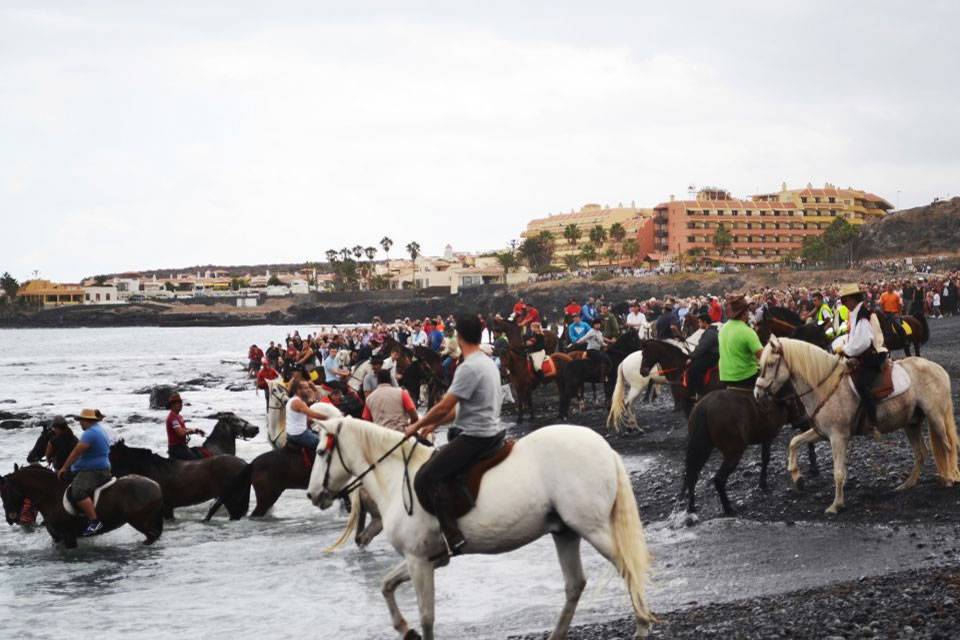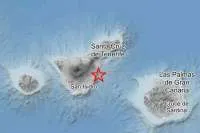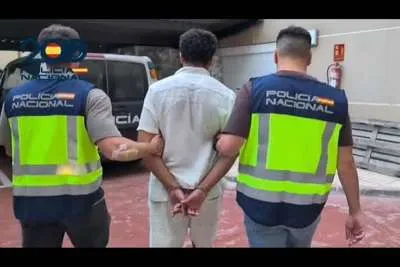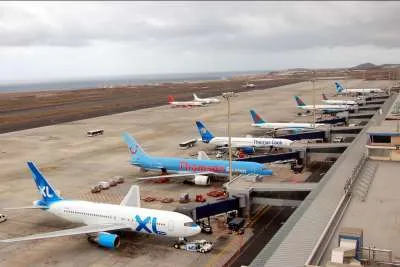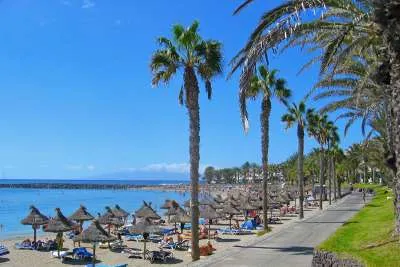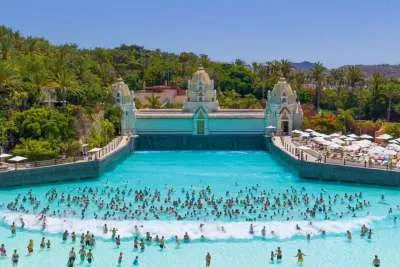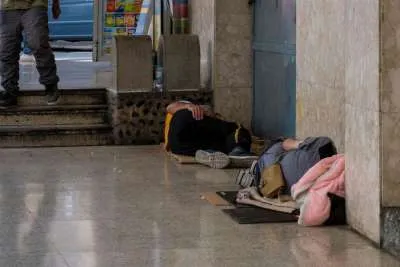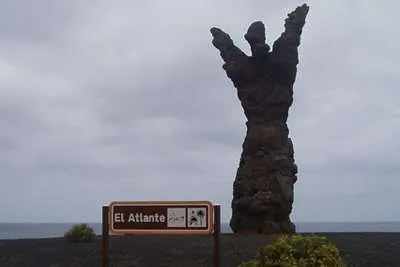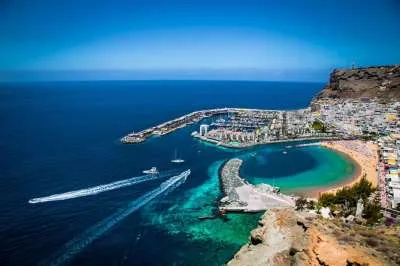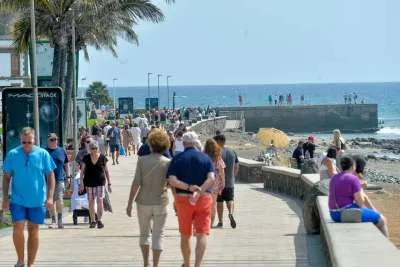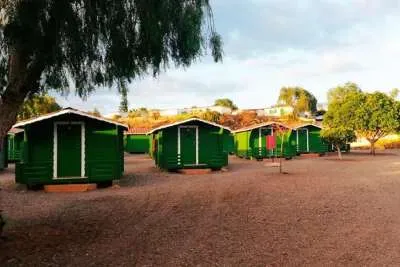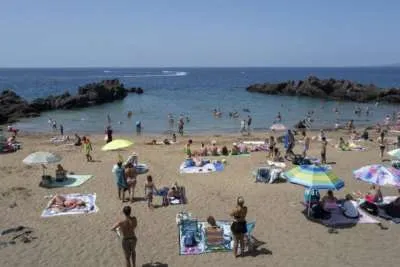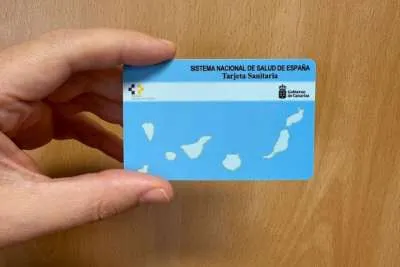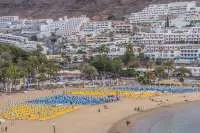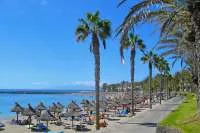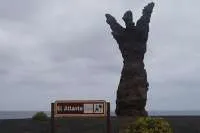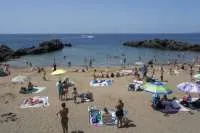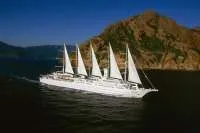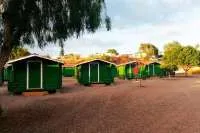Adeje finalises preparations for the feast of San Sebastian, co-patron saint of the municipality
- 17-01-2024
- Tenerife
- Canarian Weekly
- Photo Credit: Ayuntamiento de Adeje
Adeje council is finalising preparations for one of the most important fiestas and cultural events in the municipality, the Fiesta de San Sebastian. This is one of the most eagerly awaited celebrations on the island of Tenerife, with a history stretching back over more than five hundred years. The main events take place on Saturday 20th January, at 12 noon, in the church of San Sebastián, followed by the procession to the beach of La Enramada. The events on the eve (Friday 19th) will begin at seven o'clock in the evening.
Those wishing to come with animals (horses, camels, donkeys, goats, sheep, etc.) must register in advance at the Adeje Cultural Centre using the application form available on the municipal website, with documents including the ID of the rider, liability insurance, and vaccination card of the animal, before Friday January 19th, during office hours.
On the day of the procession, you will also be able to register the horses as long as they meet the requirements. The organisers have arranged for veterinary staff to be on hand on the day of the fiesta to ensure animal welfare is overseen at all times.
The celebrations will begin on the evening of Friday 19th January with a mass sung by Boleros de Armeñime, after which there will be a small procession with the statue of San Sebastian accompanied by the Adeje Patronal Band. At 9.30pm there will be a performance by the Parranda Chasnera.
The events on Saturday 20th will begin at 12 noon with mass sung by El Mesturao, and this mass will be streamed on the main Adeje social media pages via Facebook and YouTube. The procession will then set off for the beach and sea, accompanied by the equestrian retinue and the Agrupación Nuestra Señora de las Nieves.
In addition to the riders, onlookers will have gathered to enjoy the spectacle, which often includes other animals too. At the end of the procession, the traditional blessing of the animals takes place in the sea.
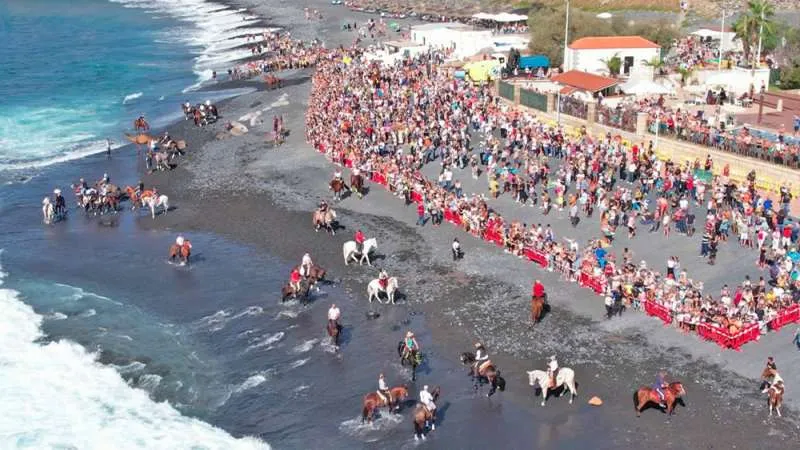
Origin of this celebration
The feast of San Sebastian dates back to the early years of the 16th century and is celebrated by the working people and livestock farmers of the whole island, who demonstrate their devotion to their Patron Saint, to whom they attribute numerous miracles. Proof of this is that even today, many people here still turn to San Sebastián to ask for a favour or to fulfil a promise.
This festival has become a tradition that goes beyond the religious aspect, and is seen as very much a day that brings together all the people who live and visit this part of the region.
The carving of San Sebastián, that is kept in the chapel that bears his name, was made in the Bririllo studio in Valencia and was delivered to Adeje in 1916, according to an article published in the ‘Gaceta de Tenerife’ in January of that year.
The statue of San Sebastián has, according to the experts, a mannerist classicism in the execution of the piece, the movement of the body and arms through a Praxitelian curve stands out. The expression of the face, a mixture of pain and ecstasy, reminiscent of Bernini's Ecstasy of Saint Teresa, is noteworthy. It is smaller than life-size, made of carved and polychrome wood. The image has engendered a deep-rooted popular devotion, generation after generation, in Adeje and the south of Tenerife.
The story of San Sebastián, its tradition and promise, are linked to the religious history of Adeje, first, as a place of aboriginal worship, with prayers to God and on the seashore; then, according to tradition, the Virgin of the Incarnation appeared and was venerated there until the primitive hermitage was built; in time the statue of San Sebastián was placed in the church, and he is still revered as a protector saint against epidemics and contagious diseases, epidemics that throughout the history of Adeje have not only affected humans, but also animals, an indispensable resource for the economic and agricultural development of the region.
Due to the great devotion that was professed in Adeje, when the neighbours of the town and the region suffered some need due to illness, they asked for and promised to celebrate and pray for his feast day. According to oral tradition, this festivity, originally organised by local devotees, began on 19th January with a procession of the statue of the saint through the streets of the centre of Adeje and ended on the 20th on his main feast day, when he was taken in procession down to the hermitage and celebrated.
Since the 1970s the festival of San Sebastián has been celebrated on the 19th and 20th of January in La Caleta, including on the La Enramada beach. The council took over the organisation of events in the early 1990s and nowadays thousands gather to mark the event, many with their pets and animals, so that the saint and the priest can bless them, as was done in the past.
After midday mass on Saturday, January 20th in the church of San Sebastián, the statue of the saint is carried to the sea, accompanied by numerous animals, especially horses, which traditionally then go into the sea with their riders.
Other articles that may interest you...
Trending
Most Read Articles
Featured Videos
A Vision of Elvis Tenerife Promo
- 10-05-2025
Tenerife Travel Guide
- 13-12-2024
Live webcam from Lanzarote airport
- 13-12-2024


